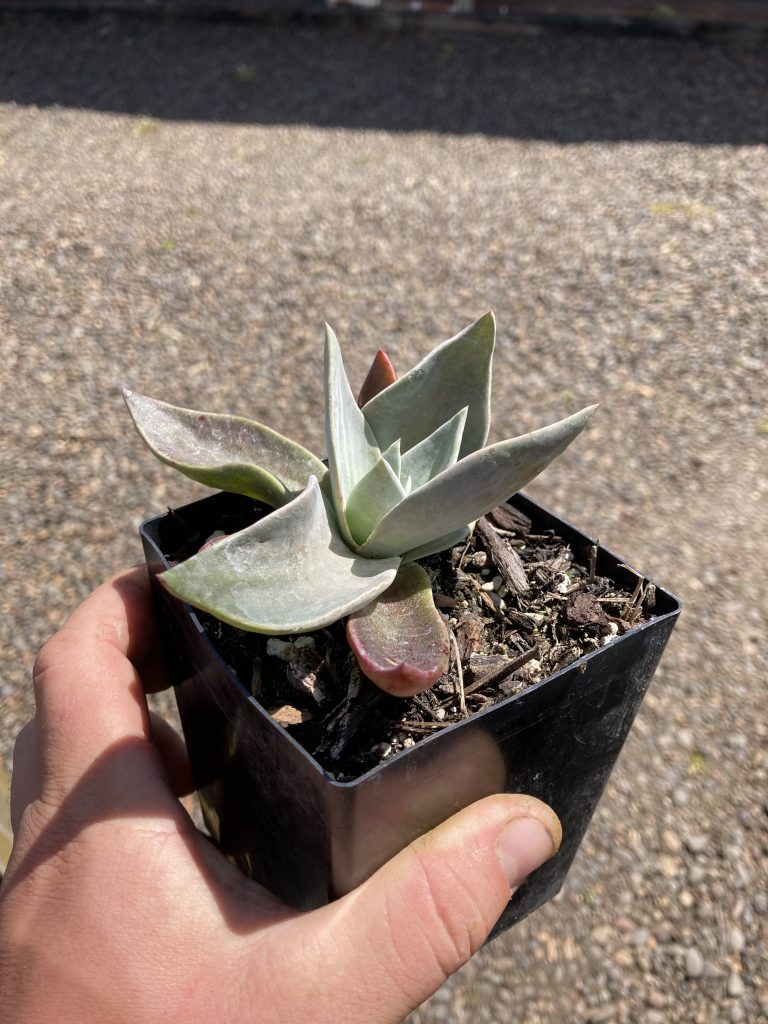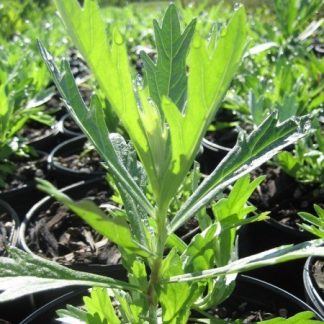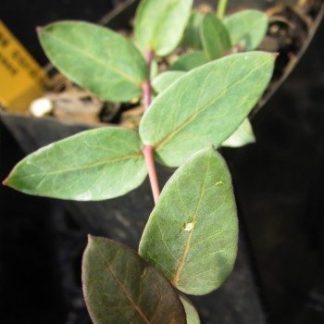Dudleya cymosa
canyon dudleya
Habit: a long-lived and highly variable species in the Stone-crop family, Dudleya cymosa forms beautiful displays of colorful flowers. Its succulent leaves are flat, broadly lance-shaped, and are typically arranged in 1-3 rosettes. Leaf color can be solid green or greenish with orange tips. The erect flower stalks emerge from the center of the rosettes, bearing small thimble-shaped blossoms. Flower stalks and bracts are usually orange; the corolla varies in color, from pale to bright yellow, or orange.
Ecology: often found on vertical rock outcrops, chaparral or sloped oak lands. It is endemic to California, occurring throughout much of the state, from 500 to 8,000 feet of elevation.
Growing conditions: full to partial shade, and sandy to clay, well-drained soils. It should be allowed to dry during the summer for dormancy. Canyon dudleya attracts bees, hummingbirds and butterflies. It is the host plant for the larvae of the Sonoran Blue butterfly (Philotes sonorensis).
Dudleyas are very resistant and live 20 to 50 years, some species are said to live up to 100 years. For this reason, the genus is also known by the common name “live-forever”.
Specs
Herbaceous Perennial
4-8 inches (10-20 cm)
8-20 inches (20-50 cm)
6 to 10






